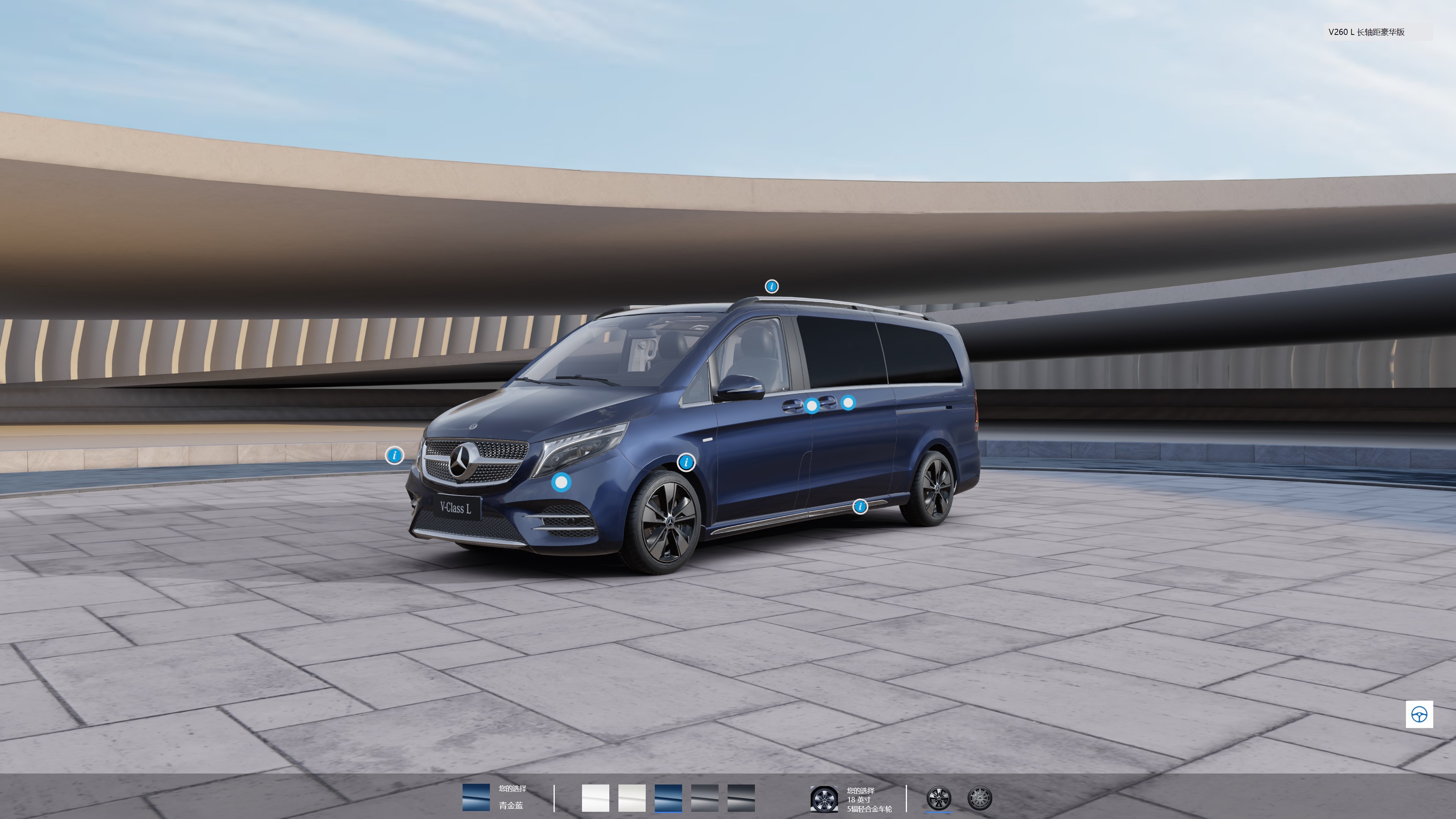
In an age where digital platforms are increasingly becoming the primary sales channels, businesses across all sectors are exploring innovative ways to present their products online. One such innovation that has gained traction is the 3D product configurator. This tool allows customers to customize products according to their preferences in real-time, offering them a unique, interactive buying experience. While the appeal of 3D configurators is indisputable, the question remains: does every product truly need one?
The Allure of 3D Product Configurators
3D product configurators offer a level of interactivity and personalization that few other online tools can match. They allow customers to explore and customize products from every angle, making the product feel more tangible—even in the digital space. This enhanced customer experience can lead to higher satisfaction rates, increased sales, and a stronger brand connection.
Evaluating Your Product Suitability
While the benefits are clear, 3D configurators may not be the perfect fit for every product. The decision to implement one should be based on a careful evaluation of your product’s complexity and the configurator’s potential return on investment (ROI).
High Complexity: A Strong Case for 3D
For products that offer a wide range of customization options—different materials, colors, components, and features—a 3D configurator can be a game-changer. Apparel, furniture, electronics, and even industrial products like pumps and valves fall into this category. The visual and interactive nature of 3D configurators can demystify the complexity, allowing customers to design their ideal product version confidently.
Limited Configuration Options: Consider Alternatives
Not all products require the depth of customization that 3D configurators are built for. For instance, a smartphone that comes in a few colors and storage capacities may not justify the investment in a 3D configurator. In such cases, image-based configurators might be more appropriate and cost-effective. They still offer a visual customization experience but without the complexity and development costs associated with 3D technology.
Image-based configurators bring their own set of advantages to the table, especially for products with fewer customization options. By employing high-quality images to showcase variations, these configurators quickly communicate the available choices in a simple, yet effective manner. Customers can easily click through color, texture, and style options, receiving instant visual feedback on their selections. This can lead to quicker purchase decisions and lower the barriers to conversion. The simplicity of an image-based system often results in lower implementation and maintenance costs for businesses, optimizing overall operational efficiency without sacrificing customer satisfaction.
Assessing the Investment
Implementing a 3D product configurator is not a trivial endeavor. It involves detailed 3D modeling, software development, and potentially significant investment in both time and money. Before deciding, consider the following:
- Return on Investment (ROI): Will the configurator significantly enhance the customer experience and lead to increased sales or higher-value sales?
- Complexity vs. Benefit: Does the complexity of your product warrant a 3D configurator, or could a simpler solution achieve similar results?
- Technical Feasibility: Do you have the resources to create and maintain a high-quality 3D configurator?
Conclusion
3D product configurators are powerful tools that can enhance the online shopping experience, offering unparalleled customization and interaction. However, their implementation should be carefully considered. Products with a high degree of complexity and a broad range of customization options are ideal candidates for a 3D configurator. In contrast, products with limited customization options might be better served by less resource-intensive solutions.
As we move further into the digital age, the importance of visually rich and interactive online experiences will continue to grow. Whether through a 3D configurator or alternative visualization tools, providing customers with engaging ways to interact with your products online will be key to staying competitive in the digital marketplace.
